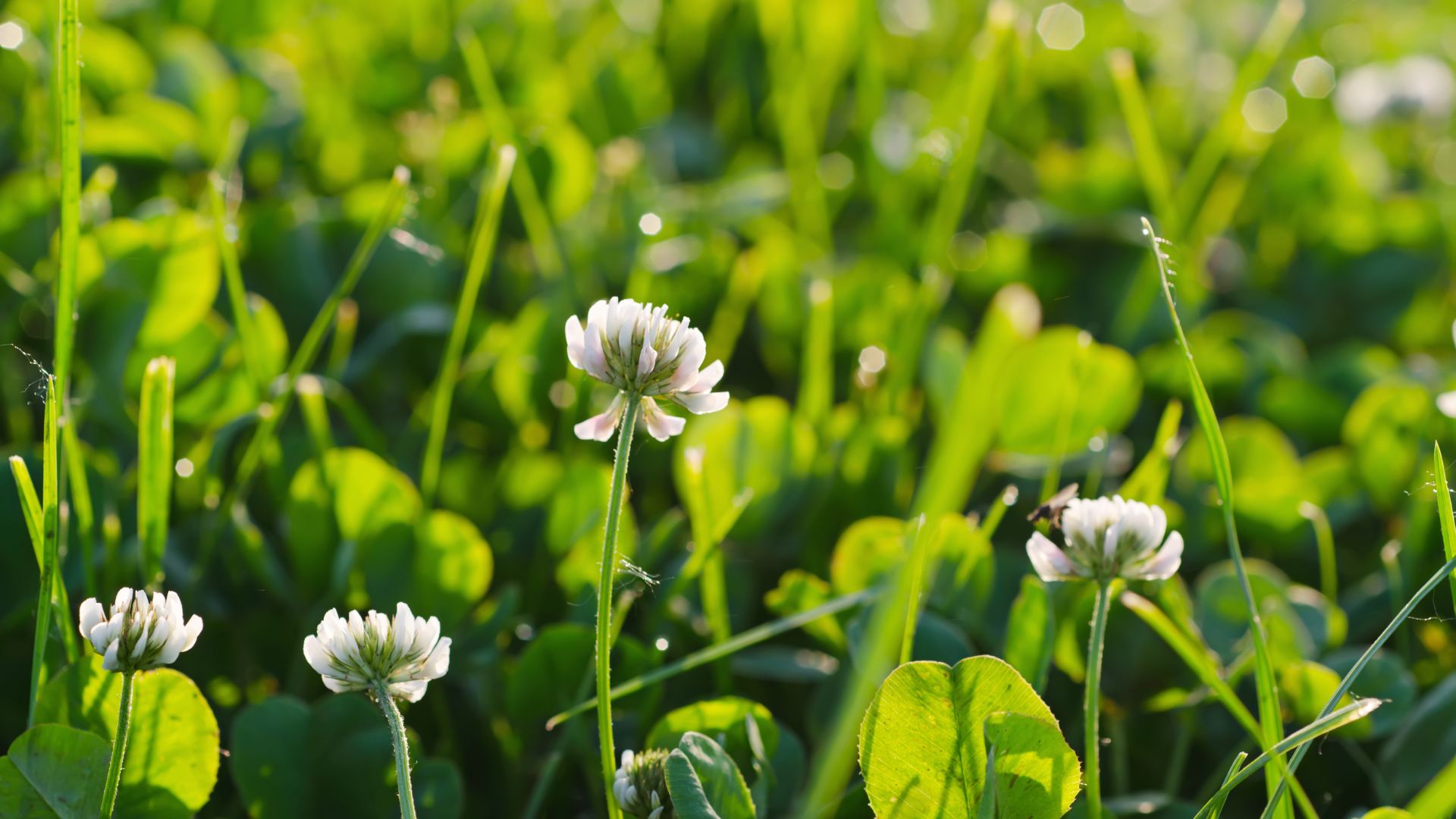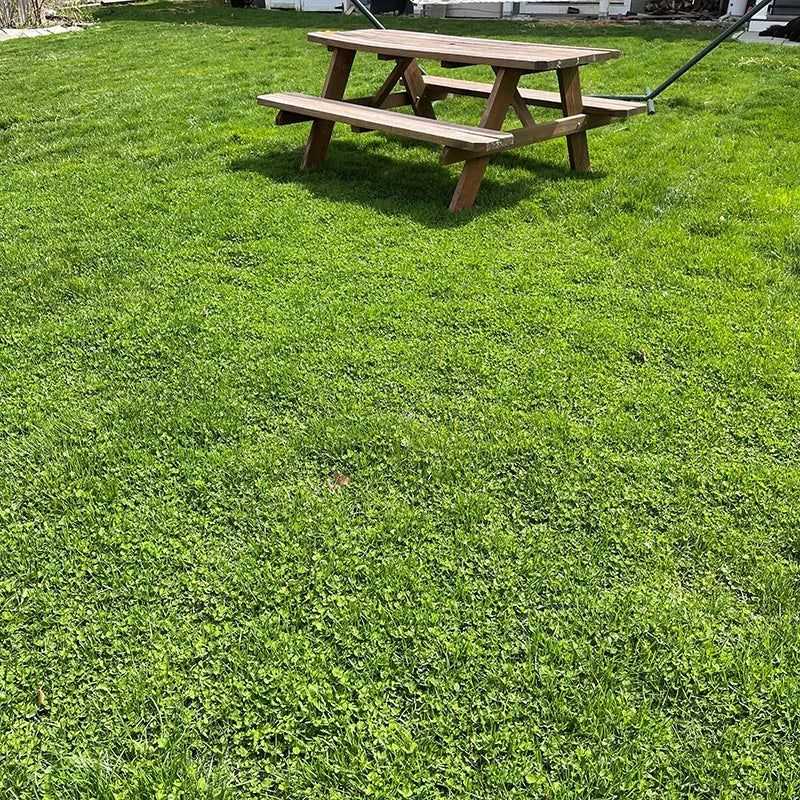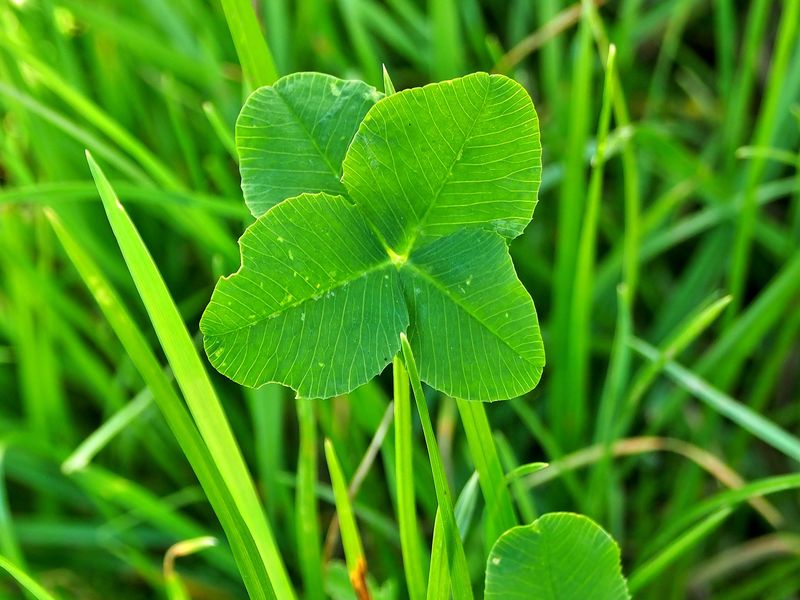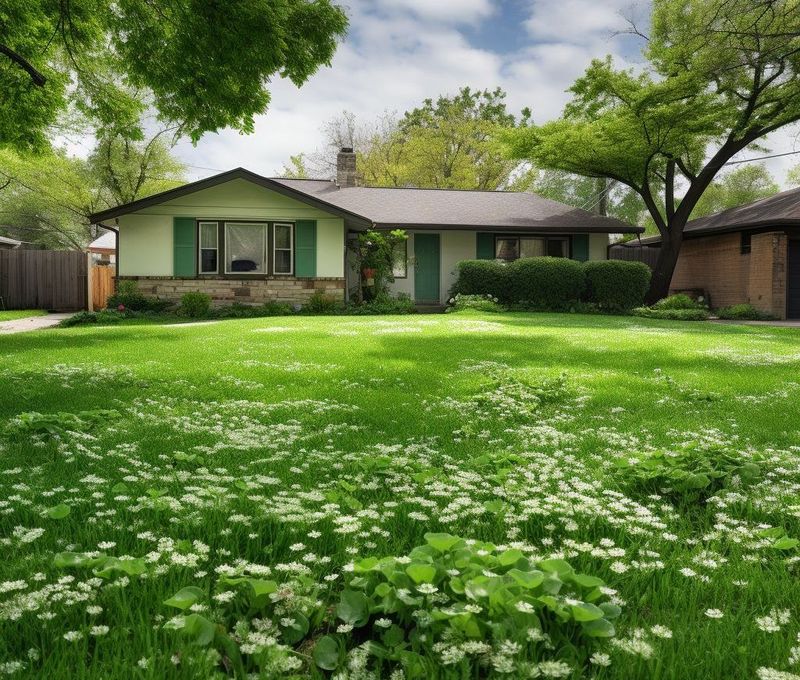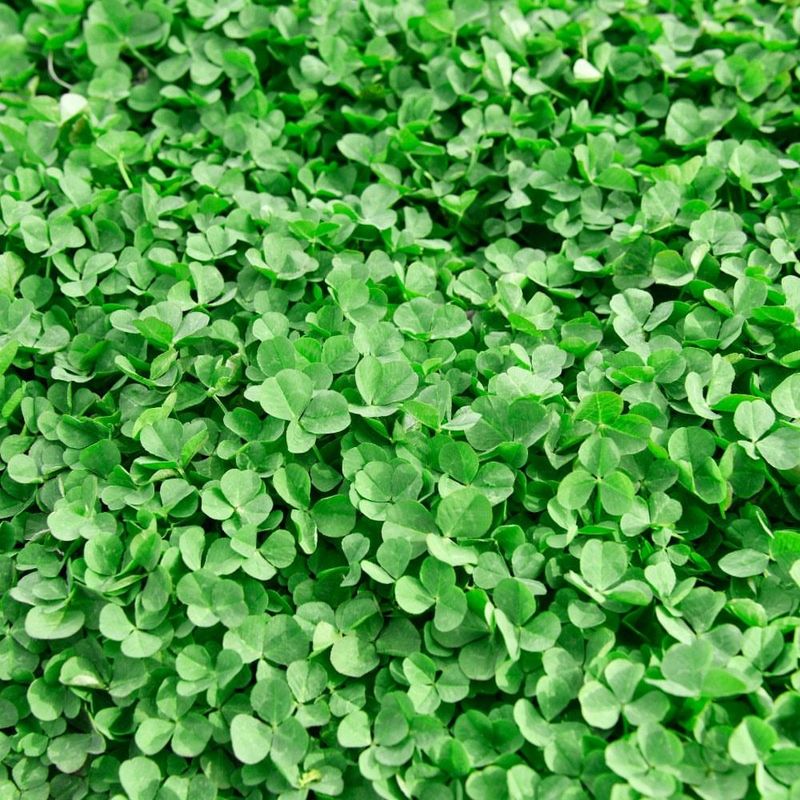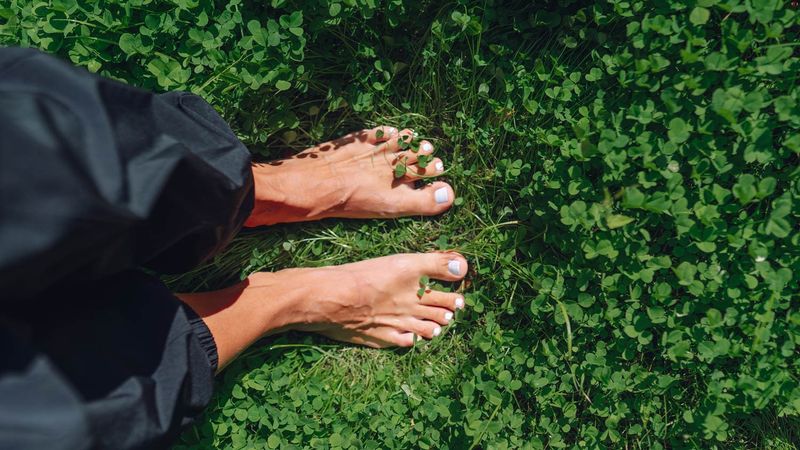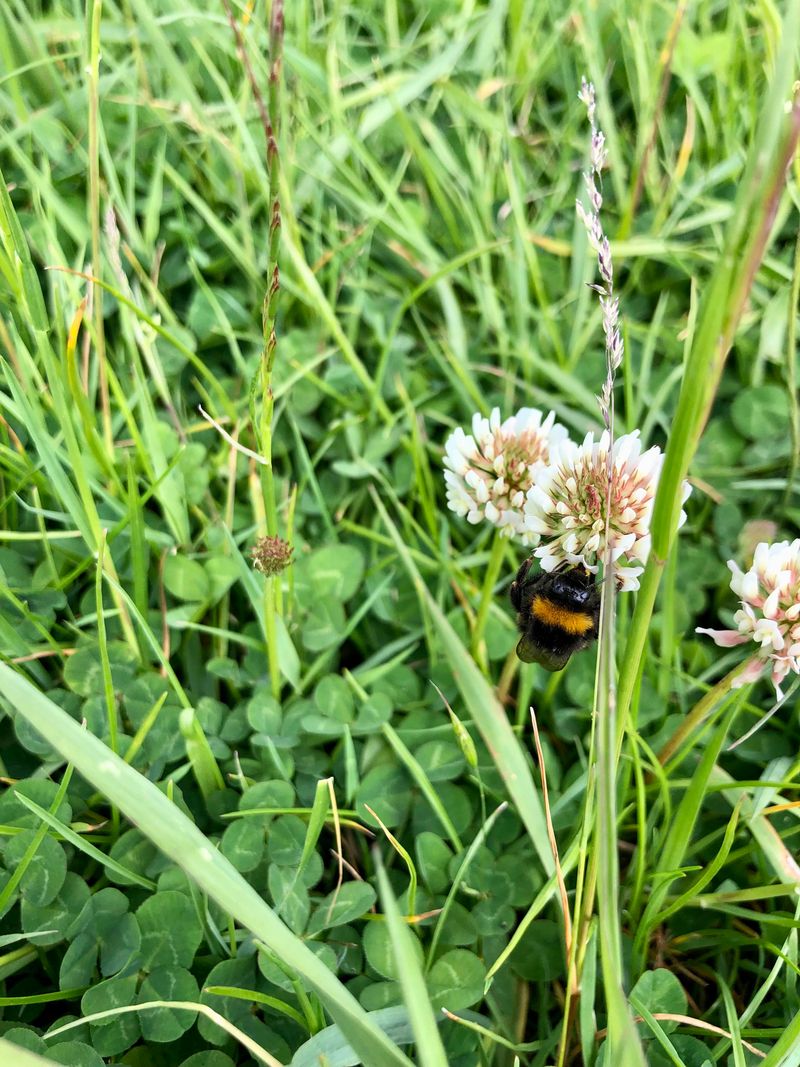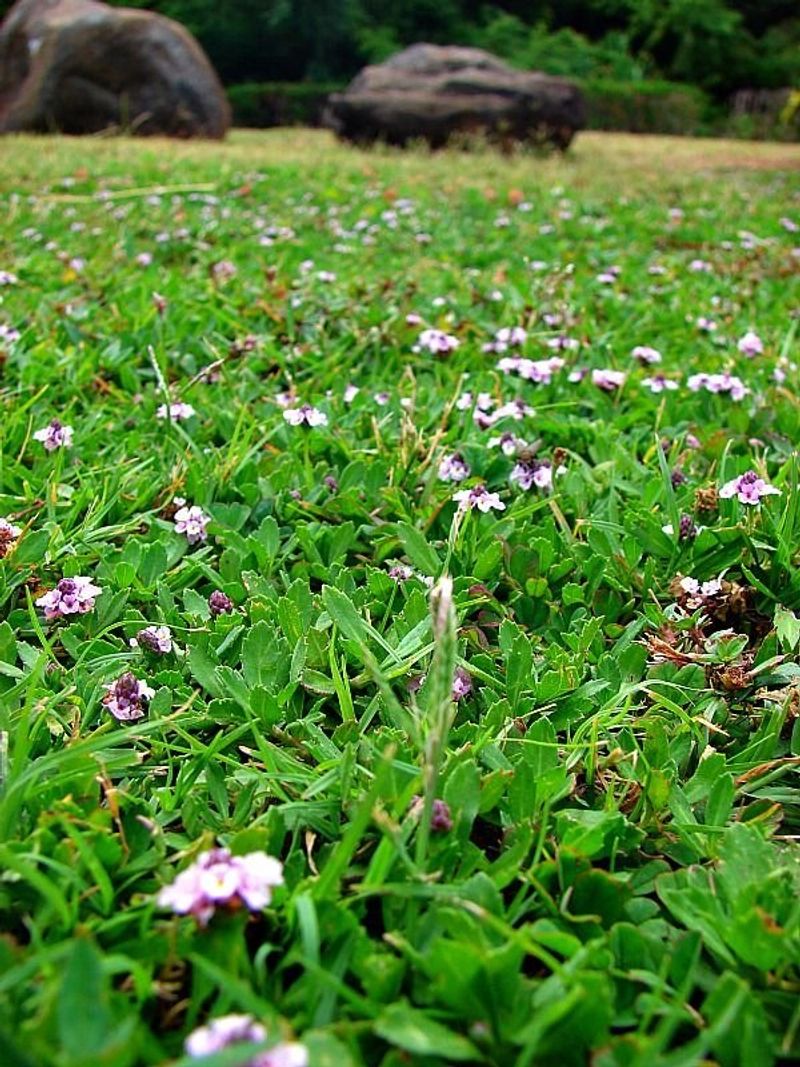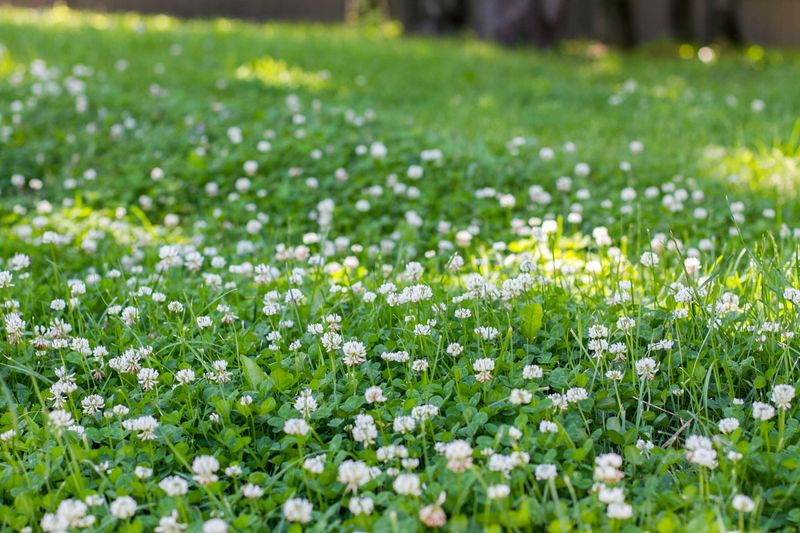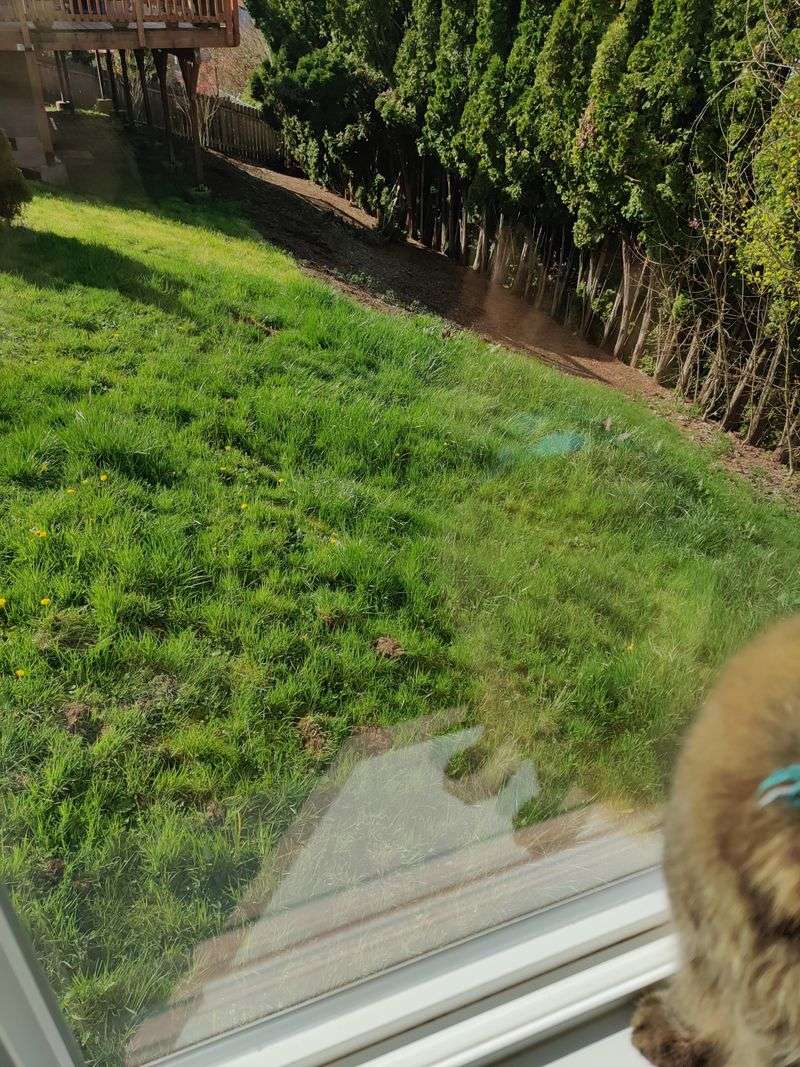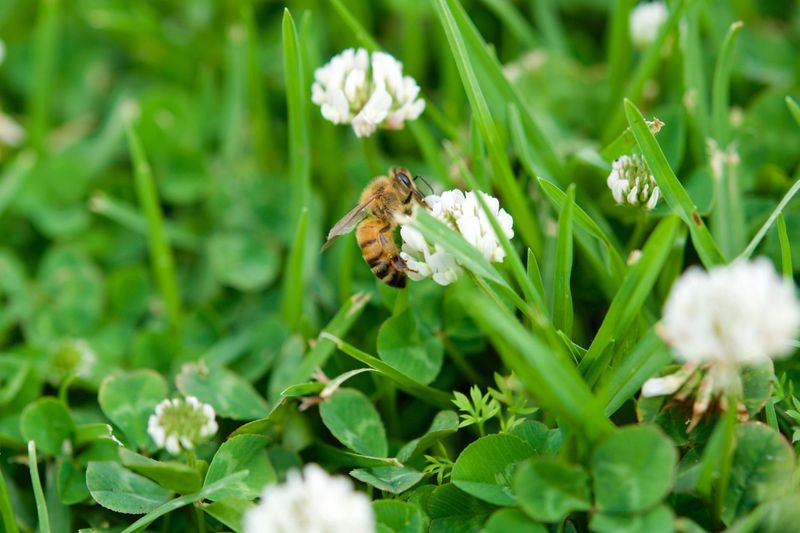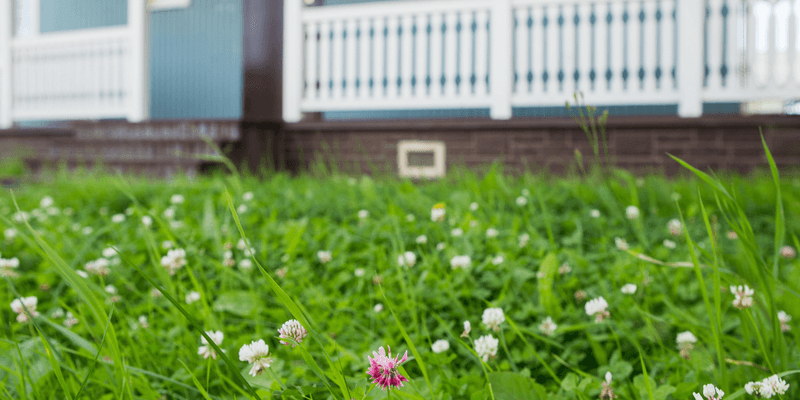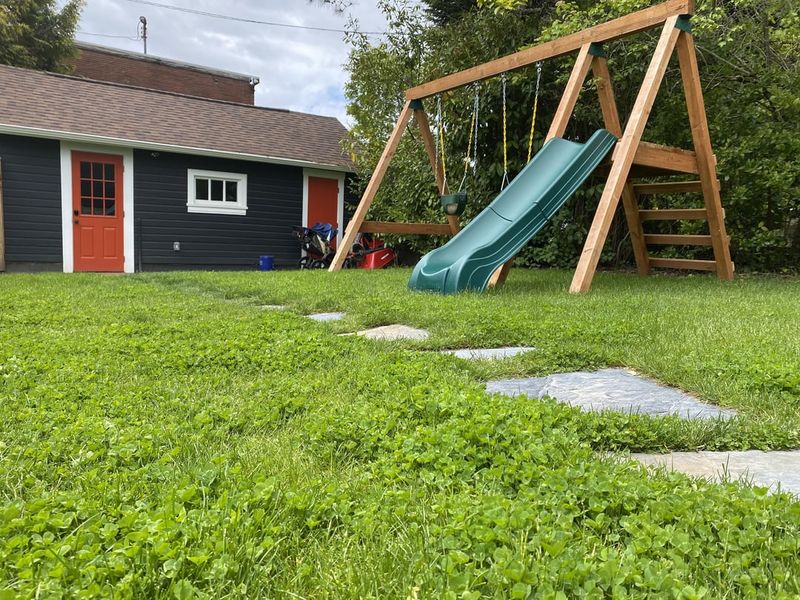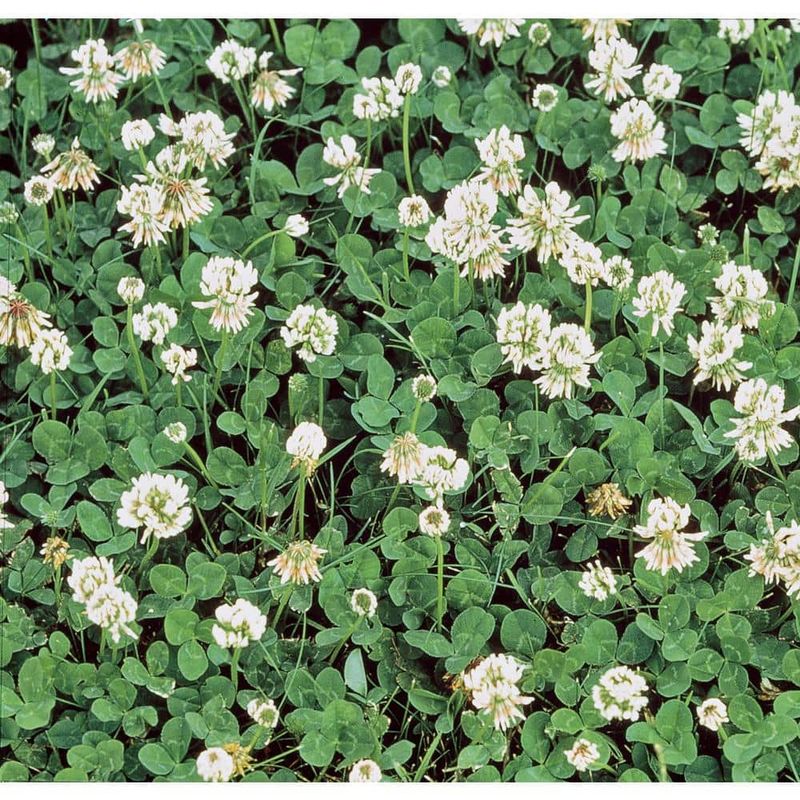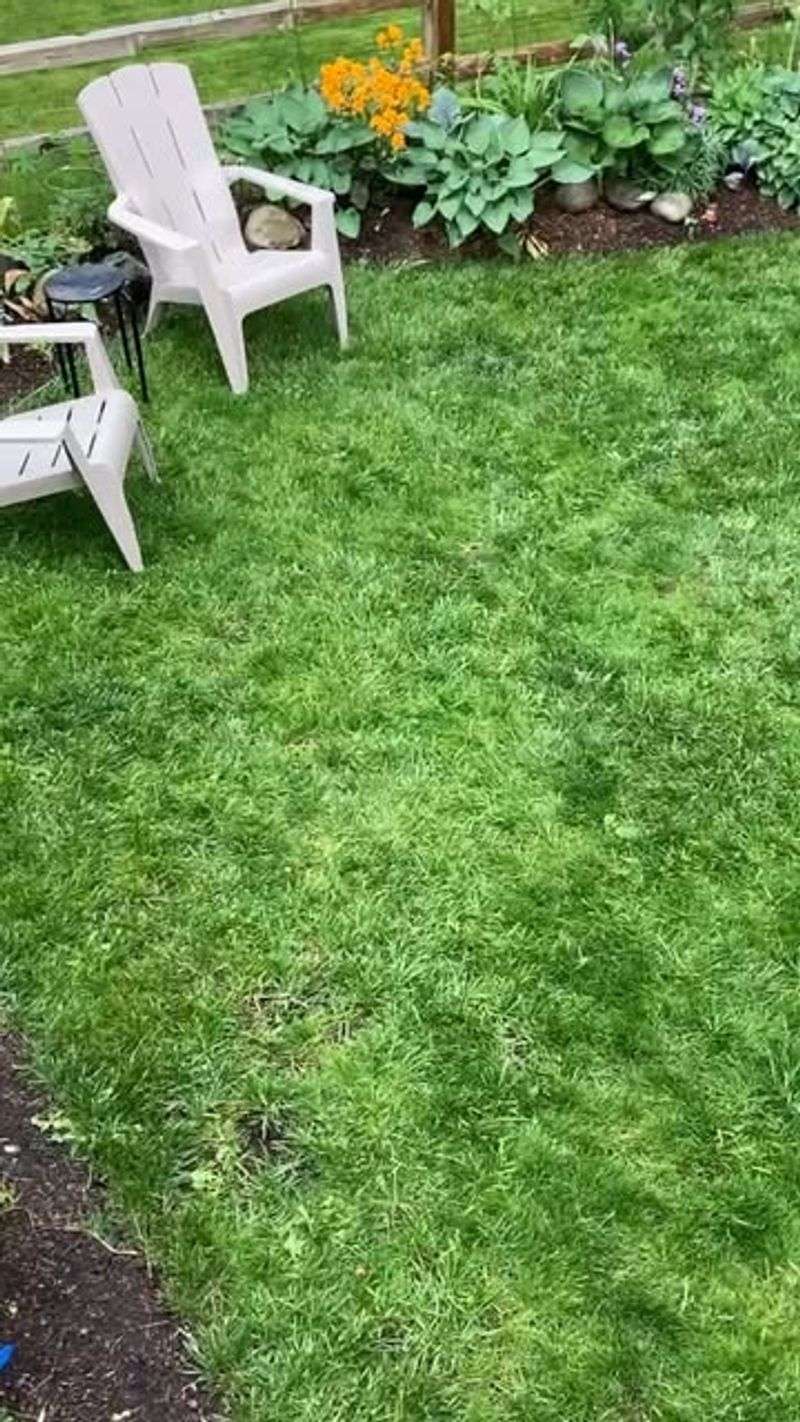More and more people I know are giving up on traditional grass lawns—and honestly, I get it. Grass can be high-maintenance, thirsty, and not always the friendliest choice for the environment.
Clover, on the other hand, feels like a little backyard miracle. It stays green, needs less mowing, and doesn’t seem to mind if you forget to water now and then.
If you’ve been fighting with patchy spots or sky-high water bills, switching to clover might just be the easiest, smartest move your lawn’s ever seen.
1. Saves Serious Water
My water bill dropped by nearly 60% after switching to clover last summer. The deep root system needs far less irrigation than traditional grass, even during those scorching July heatwaves.
Unlike thirsty grass varieties, clover stays green during mild droughts without supplemental watering. This resilience comes from evolutionary adaptations that help it survive in various conditions.
For families in drought-prone regions, this water efficiency isn’t just environmentally responsible—it’s financially smart too.
2. Requires Almost No Mowing
Say goodbye to your weekend mowing routine! Clover naturally grows to about 2-4 inches and then stops, maintaining that perfect height without intervention. The time savings add up quickly.
While neighbors drag out their mowers weekly, you’ll only need to trim your clover patch a few times per year, if at all.
This reduced maintenance schedule freed up my weekends for activities I actually enjoy instead of pushing a noisy mower around the yard.
3. Naturally Fertilizes Itself
Clover performs a neat trick that grass can’t—it captures nitrogen from the air and converts it into natural fertilizer. This self-fertilizing quality eliminates the need for chemical applications.
The science behind this is fascinating. Specialized bacteria living in clover’s root nodules do the heavy lifting, creating a sustainable fertilization system.
When I switched three years ago, I stopped buying fertilizer entirely, saving about $200 annually while keeping my lawn looking lush and healthy.
4. Crowds Out Pesky Weeds
Weeding used to consume hours of my gardening time until clover changed everything. Its dense growth pattern creates a thick mat that naturally suppresses weeds by blocking sunlight from reaching weed seeds.
The competitive advantage comes from clover’s spreading growth habit. It quickly fills bare spots where weeds typically establish themselves.
My neighbor still battles dandelions and crabgrass weekly, while my clover lawn requires almost no weeding—a practical benefit that any busy homeowner can appreciate.
5. Stays Green During Droughts
Last summer’s heat wave turned most lawns in my neighborhood brown, except mine. Clover’s deep root system accesses moisture far below the surface, maintaining its vibrant green appearance even during dry spells.
The drought resistance comes from evolutionary adaptations. These plants developed in varied conditions, making them naturally equipped to handle environmental stress.
For homeowners association compliance or simply maintaining curb appeal, this consistent green appearance throughout summer delivers peace of mind without excessive watering.
6. Creates A Softer Surface For Bare Feet
Walking barefoot across my clover lawn feels like stepping on a cushioned carpet. The soft, springy texture makes it significantly more comfortable than traditional grass for both humans and pets.
Children particularly benefit from this gentler surface. My kids can play for hours without the scratches and irritation often caused by conventional grass blades.
The texture difference is most noticeable on summer evenings when we gather outside. Guests always comment on how pleasant it feels compared to their own prickly lawns.
7. Helps Save The Bees
Watching bees flock to my yard has been one of the unexpected joys of having a clover lawn. The tiny white flowers provide essential nectar and pollen for struggling pollinator populations.
Honeybee populations have declined alarmingly in recent years. By offering this consistent food source, my small suburban lot now contributes to their survival.
For those concerned about stings, fear not—bees visiting clover are typically so focused on gathering resources that they rarely bother humans nearby.
8. Thrives In Poor Soil Conditions
The back corner of my yard was basically hard-packed clay where nothing would grow. Then I tried clover, and it flourished where grass repeatedly failed.
This adaptability to poor soil conditions makes clover perfect for problem areas. It doesn’t require the rich, loamy soil that most grass varieties demand to look their best.
Beyond just surviving, clover actually improves soil quality over time. Its root system breaks up compaction while adding organic matter as old leaves decompose.
9. Costs Significantly Less Than Grass
The economics of lawn maintenance changed dramatically when I switched to clover. A pound of clover seed costs around $15 and covers 1,000 square feet—significantly cheaper than grass seed for the same area.
Long-term savings multiply quickly. Without fertilizers, pesticides, frequent watering, or regular mowing, my annual lawn care expenses dropped by over 85%.
For those establishing a new lawn, clover establishes faster too, reducing the initial vulnerable period when erosion and weed invasion are concerns.
10. Prevents Soil Erosion Effectively
The sloped section of my yard used to wash away during heavy rains. After planting clover, erosion stopped almost completely thanks to its extensive root network that firmly holds soil in place.
Unlike some grasses with shallow root systems, clover develops deeper, more complex roots. This underground structure creates natural barriers that slow water movement across the surface.
Homeowners with hillsides or drainage concerns will find this erosion control benefit particularly valuable for maintaining property integrity during stormy seasons.
11. Stays Naturally Pest-Resistant
Chemical pest treatments became unnecessary after my lawn transition. Most common lawn pests simply don’t find clover as appetizing as traditional grass varieties.
The natural compounds in clover leaves deter many insects that typically damage lawns. This built-in defense mechanism means fewer bare patches and healthier overall appearance.
For families concerned about children and pets playing on chemically treated surfaces, this natural pest resistance offers peace of mind along with a healthier outdoor environment.
12. Reduces Your Carbon Footprint
Environmental impact matters to me, which is why I love that my clover lawn eliminated the need for gas-powered lawn equipment. No more emissions from mowers, trimmers, or leaf blowers.
The carbon benefits extend beyond equipment. Clover captures carbon dioxide more efficiently than many grasses, sequestering it in soil and reducing atmospheric greenhouse gases.
Neighbors have noticed my eco-friendly approach, leading to several conversations about sustainable landscaping that have inspired others on my street to make similar changes.
13. Handles Foot Traffic Surprisingly Well
Despite its delicate appearance, my clover lawn bounces back remarkably well from regular use. The kids and dog run across it daily, yet it recovers much faster than our previous grass lawn did.
The resilience comes from clover’s growth pattern. When damaged, it quickly spreads from surrounding areas to repair bare spots without reseeding. This durability makes it perfect for active families.
The backyard remains functional as both a play area and an attractive landscape feature without constant rehabilitation efforts.
14. Creates A Cooler Yard Environment
Summer gatherings became more comfortable after switching to clover. I’ve measured temperature differences of up to 10 degrees cooler over my clover lawn compared to my neighbor’s traditional grass.
The cooling effect comes from clover’s higher moisture content and denser growth pattern. It reflects more sunlight and releases more water through transpiration than conventional turf grasses.
This natural cooling creates a more pleasant microclimate around your home, potentially reducing air conditioning needs during hot months—another unexpected benefit for both comfort and energy bills.
15. Offers Year-Round Visual Appeal
The aesthetic transformation surprised even me. My clover lawn maintains a consistent emerald color throughout seasons when grass typically fades to brown or yellow.
During flowering periods, the yard transforms into a subtle, enchanting carpet of tiny white blooms. These delicate flowers add visual interest without looking unkempt or wild.
Fall and winter bring their own charm as the dense growth pattern creates a more uniform appearance than dormant grass. Even under light snow, the rich green often peeks through, brightening winter landscapes.

